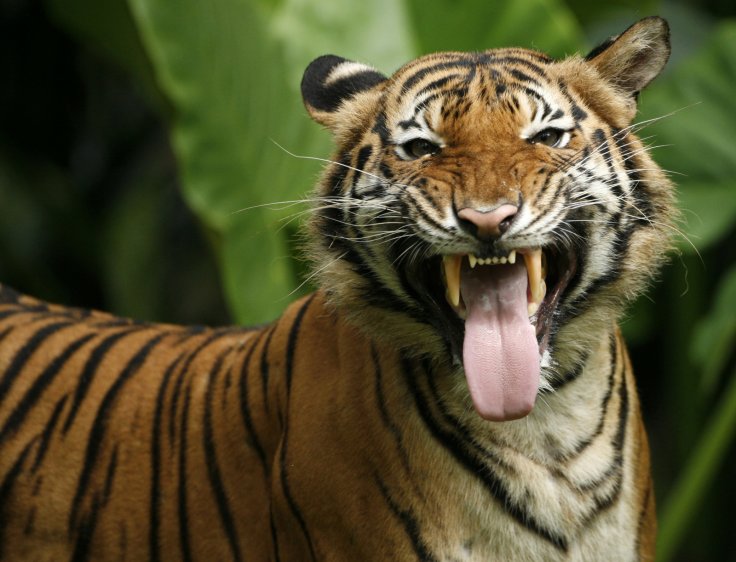As several species of fauna continue to go extinct at a rapid rate, a new study has predicted that 558 species of mammals likely to go extinct by 2100 if efforts to improve conservation are not advanced. According to the study by researchers from the University of Gothenburg, humans are almost solely responsible for the extinction of all the species of mammals that have gone extinct so far.
The authors wrote, "On the basis of the IUCN (International Union for Conservation of Nature)-based scenario, we predict 558 mammal species' extinctions globally by the year 2100," Bringing attention to the severity of the situation the authors added, "We are losing biodiversity every year, and with every extinct species and population, we lose unique evolutionary history."
Estimating Rate of Extinction

As of now, the diversity of mammals consists of approximately 5,700 extant species. According to the researchers, over the past 126,000 years, at least 351 species of mammals have gone extinct. Among these, 80 of them are known only from historical records since the year 1500. However, the others have been known only zooarcheological records or fossils.
For the study, researchers led by Tobias Andermann from the University of Gothenburg, utilized mathematical methods to employ probabilities to statistical problems of the fossil records. They estimated how the rate of extinction of mammals has altered over the past 126,000 years and inferred specific times for an increase in these rates.
Worrying Trends
Unfortunately, the existing trajectories do not paint a promising picture. The scientists predicted that if the current trends hold, that rate escalation in the near future could reach an "unprecedented magnitude."

The researchers stated that these models only represent the "tip of the iceberg" when it comes to the extinctions that have occurred over the past centuries. This was in comparison to the extinctions that loom over the next few decades.
Offering some hope, the authors stated that in spite of the elevated levels of current threat, a window of opportunity to protect several species from dire outcomes can be created by enhancing conservation efforts.
(With inputs from agencies)








